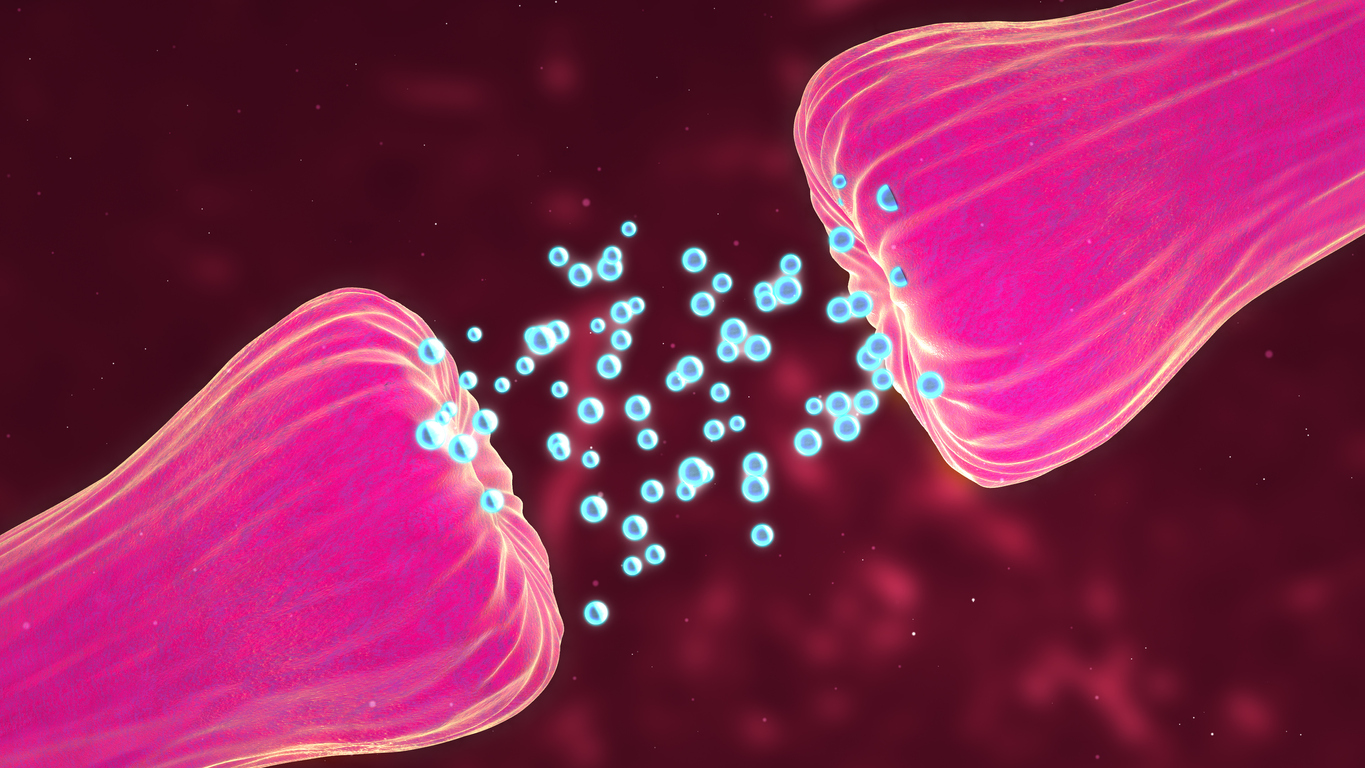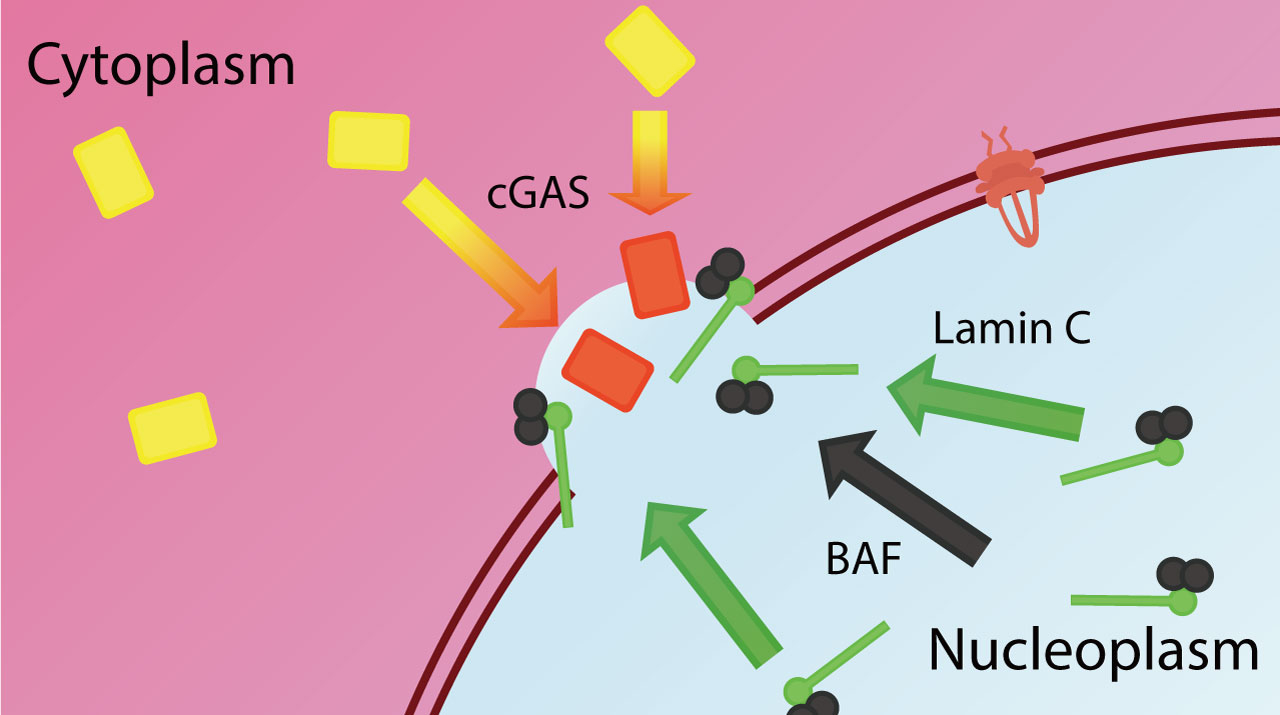LCA (Leber congenital amaurosis) therapies were investigated by the researchers. LCAs describe a class of inherited retinal diseases that severely impair vision from birth. The condition, which results in photoreceptor degeneration or dysfunction, is brought on by mutations in one of more than two dozen genes.
Children with LCA may benefit from synthetic retinoids that specifically target the retina. The UCI team was interested in whether persons who had the condition may benefit from the therapy.
According to Sunil Gandhi, a professor of neurobiology and behavior and the study’s corresponding author, they were blown away by how efficiently the treatment restored vision-related brain circuits. Gandhi is a member of the University of California, Irvine’s Center for the Neurobiology of Learning and Memory and Center for Translational Vision Research.
More than healthy, functional retinas are needed for seeing. The eye, which sends impulses to every part of the brain, is where it all starts. For visual perception, the fundamental neural networks of the brain have been identified. Scientists once thought that for the brain’s basic circuits to function properly, these signals had to be received throughout childhood.
Unexpected results were obtained by the collaborators using LCA mouse models. Gandhi asserts that the circuits that process input from both eyes have been largely recovered by the adult central visual pathway signaling. Immediately following the therapy, the animal’s dominant pathway, which receives information from the opposing eye, triggered twice as many neurons in the brain.
Additionally, the medication five-fold enhanced the number of brain neurons that were activated by impulses from the same-side ocular route. The restoration of visual function at the brain level was substantially more than anticipated, notwithstanding the retinal improvements. The fact that this treatment is so effective in adult central visual pathways lends credence to the idea that untapped vision potential exists.
Numerous fresh lines of inquiry are opened up by the disclosure. Any discovery that goes against our preconceived notions about the brain’s ability to adapt and rewire is incredibly important. The development of retinoid therapy to repair the central visual pathway in people with this illness may be aided by the new paradigm.
The study was supported by funding from the National Institutes of Health, the Department of Veterans Affairs, and the Foundation for Research to Prevent Blindness.
Story Source: Original press release by University of California, Irvine. Note: Content may be edited for style and length by Scible News.






